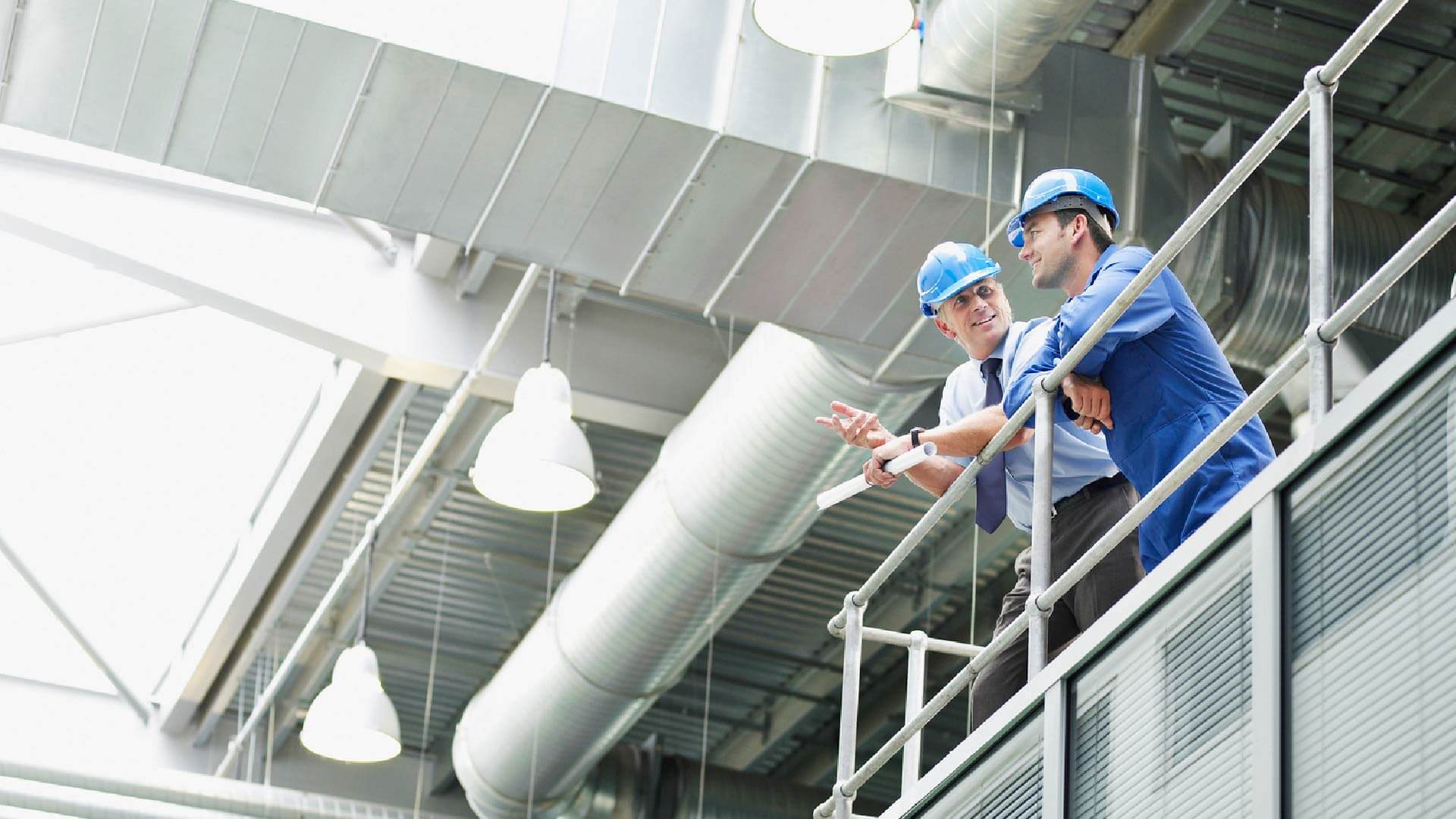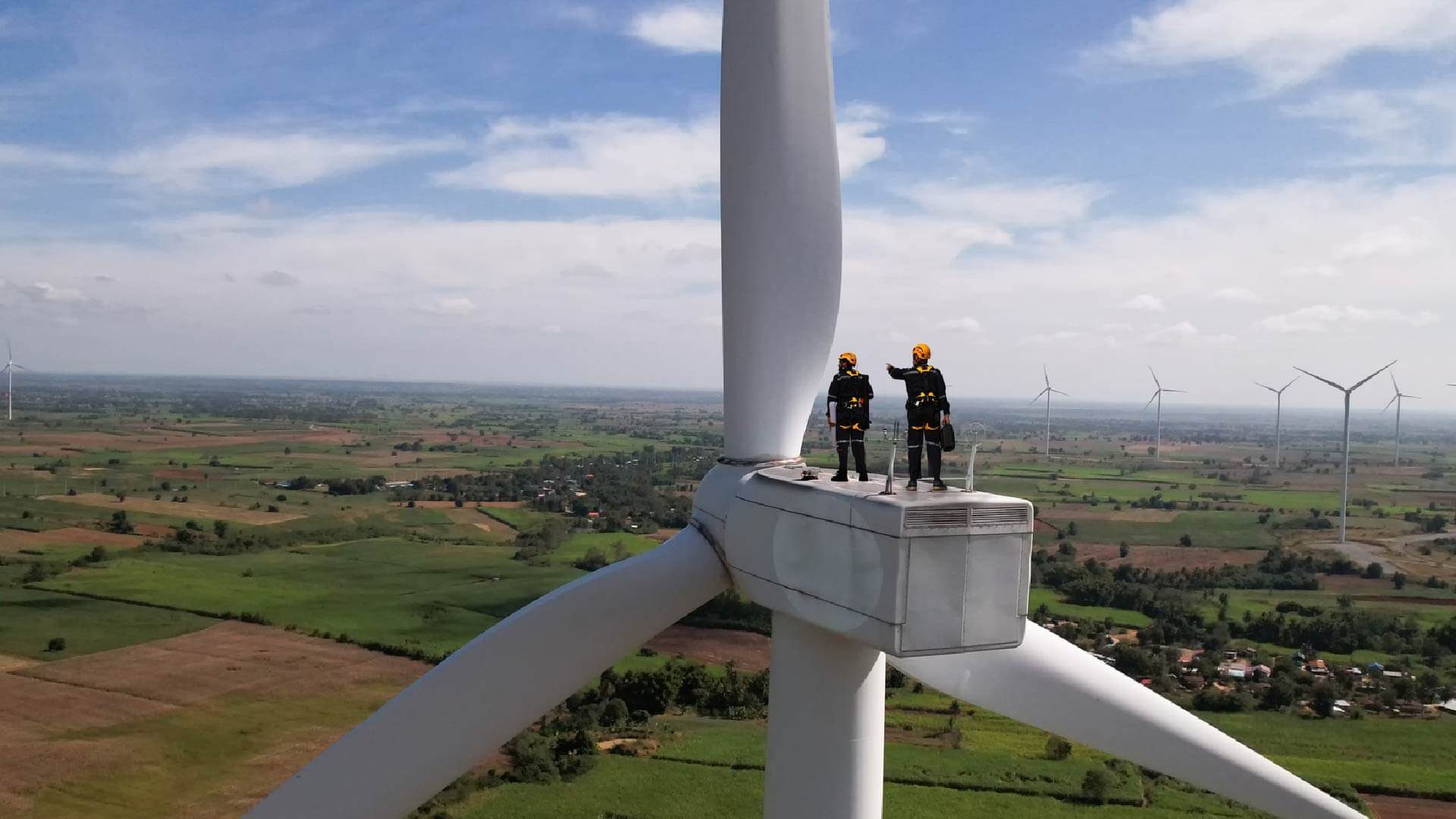Being SAD Is Serious – Addressing The Change In The Seasons
According to the Mayo Clinic, seasonal affective disorder (SAD) is defined as “a type of depression related to changes in seasons”. The symptoms can include depression, insomnia, difficulty concentrating, fatigue, and feeling sleepy during the day. SAD could lead to employees not working safely – or being absent from the workplace altogether. With the overall prevalence of adults experiencing SAD thought to be as high as 5% in the US and 2.4% in the UK, the task of addressing SAD in the workplace should not be underestimated.
How can EHS practitioners minimize the impact of SAD on their workforces?
The cause of SAD is thought to be a shift in people’s exposure to sunlight, which affects their circadian rhythms. Getting the right type of light at the right time of day may remedy this to some extent. Light therapy lamps (sometimes known as SAD lamps), which emit light that simulates sunlight, may help. A SAD lamp can be bought for as little as $40, making the treatment of SAD on an individual basis relatively inexpensive.
However, for workforces, in their tens, hundreds and thousands – and for entire workplaces – procuring multiple SAD lamps would be costly and resource-intensive. Lighting systems are the second most energy-intensive component of building infrastructure, accounting for up to 40% of total energy usage. Consequently, it may be more efficient to invest in human-centric, smart lighting solutions that can self-adjust the lighting in buildings to enhance employee wellbeing, whilst optimizing energy usage. Glamox and Helvar are two firms producing such technologies.
Innovating in this way would help to meet two of EHS practitioners’ top priorities. These are to address ‘total worker health’ and ‘sustainable transformation’ – as highlighted, respectively, in the 2024 Verdantix global corporate surveys of EHS budgets, priorities and tech preferences and EHS services budgets, priorities and preferences.
However, even if lighting is adjusted for employees in the workplace, the symptoms of SAD may persist for some. EHS practitioners could therefore take a more multifaceted approach to combat the adverse health and safety impacts of SAD.
For instance, SAD can increase fatigue, which is often a root cause of serious accidents. Fatigue has also been recognized as a factor in 20% of accidents on main roads in the UK, according to the Health and Safety Executive (HSE). A range of different tools can help de-risk fatigued workers, such as digital wearable technologies from Maven Machines and Optalert. In our report Verdantix Market Insight: 10 Innovative EHS Digital Wearable Vendors To Watch In 2023, we investigated the fatigue-related use cases to which these tools, among others, could be applied.
To address the changes in mood that SAD may cause, practitioners could make use of EHS software platforms that incorporate features to support mental health and wellness. Various personal wellness apps, such as MoodKit and Smiling Mind, are available for employees, providing activities aimed at reducing stress and encouraging healthier lifestyles.
Nevertheless, addressing SAD will be a constant feature for practitioners – the changing of the seasons will always happen. EHS technologies can, however, provide unique and effective ways to mitigate its impacts.
To learn more about how the seasons impact EHS priorities, check out other blogs by the Verdantix EHS team: Winter Brings More Than Cold Weather - How To Use Technology To Mitigate Increased Risk and It’s Like An Oven In Here! Employer Obligations Increase As Temperatures Rise.
About The Author

Moses Makin
Industry Analyst





